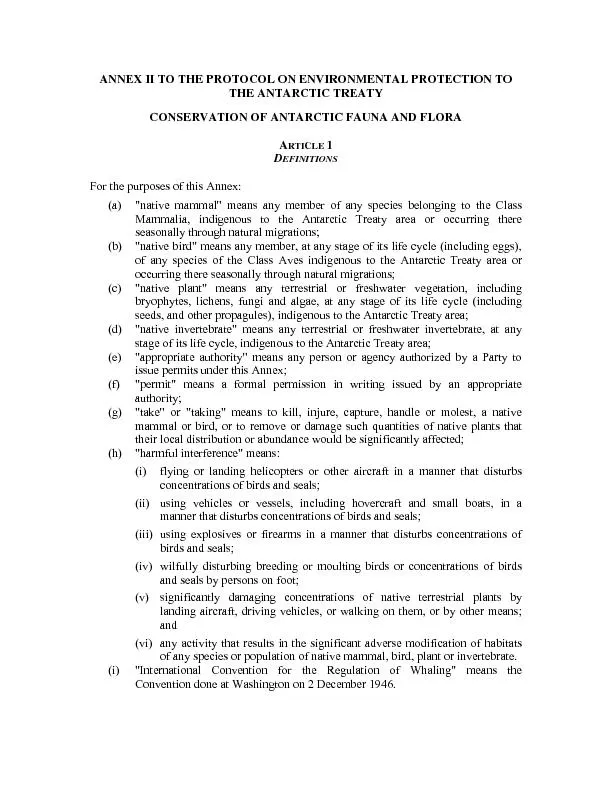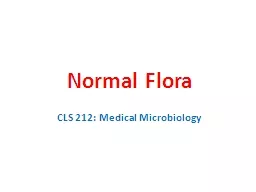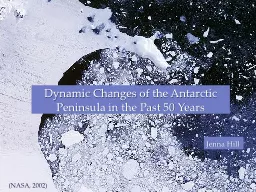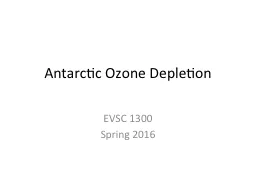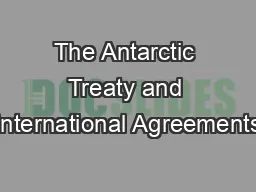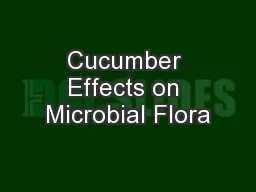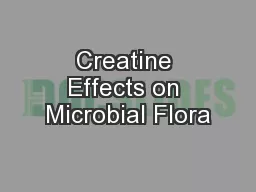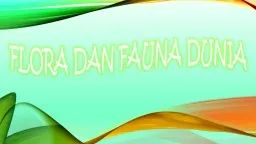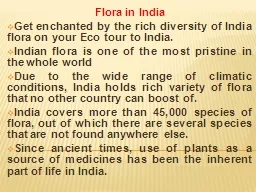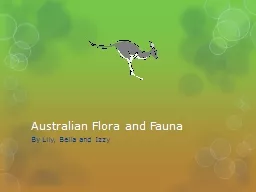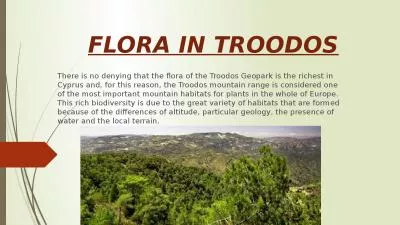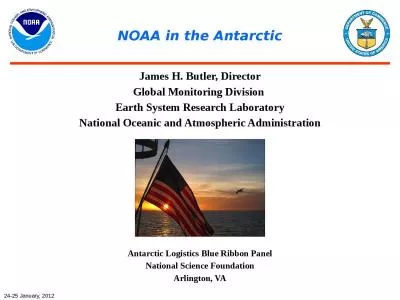PDF-ENVIRONMENTAL PROTECTION TO CONSERVATION OF ANTARCTIC FAUNA AND FLORA
Author : alexa-scheidler | Published Date : 2016-06-04
RTICLE ASES OF MERGENCY1 This Annex shall not apply in cases of emergency relating to the safety of human life or of ships aircraft or equipment and facenvironment
Presentation Embed Code
Download Presentation
Download Presentation The PPT/PDF document "ENVIRONMENTAL PROTECTION TO CONSERVATION..." is the property of its rightful owner. Permission is granted to download and print the materials on this website for personal, non-commercial use only, and to display it on your personal computer provided you do not modify the materials and that you retain all copyright notices contained in the materials. By downloading content from our website, you accept the terms of this agreement.
ENVIRONMENTAL PROTECTION TO CONSERVATION OF ANTARCTIC FAUNA AND FLORA: Transcript
Download Rules Of Document
"ENVIRONMENTAL PROTECTION TO CONSERVATION OF ANTARCTIC FAUNA AND FLORA"The content belongs to its owner. You may download and print it for personal use, without modification, and keep all copyright notices. By downloading, you agree to these terms.
Related Documents

